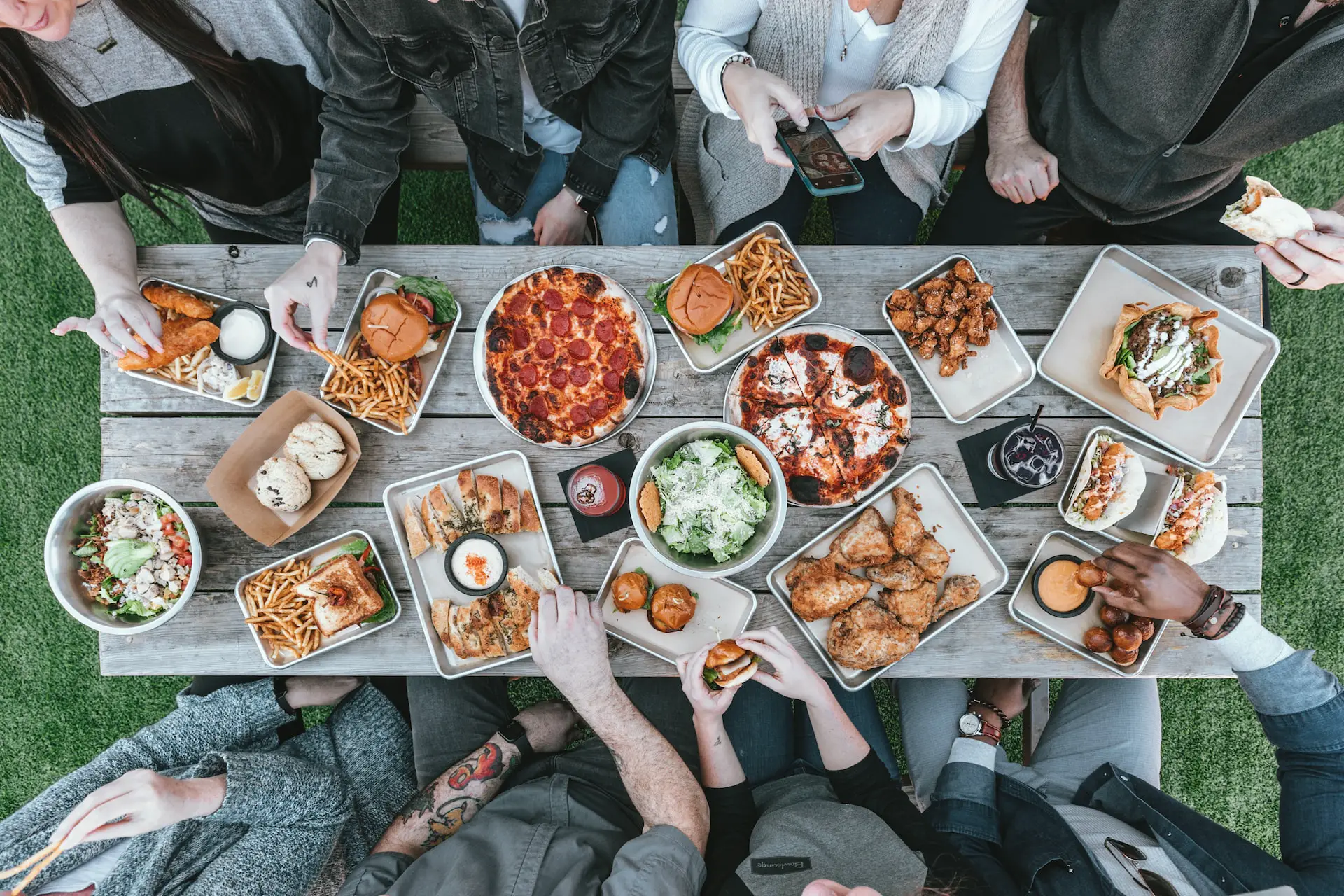
Welcome to our blog post, where we embark on an exciting journey that delves into the fascinating world of fresh and locally sourced food. In a modern era marked by convenience and fast-paced lifestyles, it’s easy to lose touch with the origins of what we eat. But today, we’re taking you back to the roots – quite literally – as we explore the incredible voyage from farm to table. Join us as we uncover the secrets behind this sustainable movement, discover the immense benefits for our health and planet, and rekindle our connection with nature’s bountiful harvests. Get ready to be inspired by stories of dedicated farmers, innovative practices, mouthwatering flavors, and ultimately find yourself craving not just delicious meals but also a deeper understanding of how food reaches your plate!
The Importance of Food
Food is one of the most fundamental aspects of human life. From the time we are born, our bodies are constantly asking for nutrients and calories to keep us going. Our diet plays a large role in how our body functions and looks.
The food on our grocery store shelves is often not what we would call “fresh”. It can be weeks or even months old, and has been transported from all over the world. This process not only takes a lot of energy, but it also contributes to many environmental problems.
It’s no wonder that more and more people are turning to fresh and locally sourced food as an alternative. Not only is it better for the environment, but it’s also better for your health. When you eat fresh produce, you’re getting all the nutrients your body needs without all the additives and preservatives.
There are many ways to get fresh, local food into your diet. One way is to join a CSA (community Supported Agriculture) program. This means that you buy shares in a farm instead of individual vegetables or fruits. You then receive a weekly shipment of vegetables or fruits straight from the farm, along with other goodies like eggs or meat. This way, you’re guaranteed to get seasonal produce that’s as fresh as possible.
Another great way to get local food is to go shopping at farmers markets. These markets are usually open on Saturdays and sometimes Sundays, so they’re perfect for those days when you don’t have time to cook
What is Fresh Food?
Fresh food is anything that has been harvested or grown in the recent past. This can include fruits, vegetables, meat, seafood, eggs, and milk. It’s important to remember that fresh food doesn’t necessarily have to be local; it can also come from sources within a short distance of your home.
When you buy fresh produce, you’re supporting small-scale farmers who are working hard to provide consumers with high-quality food. These farmers typically grow their crops using organic methods and natural fertilizers, which means they’re helping to preserve the environment.
Since fresh food is so perishable, it’s important to store it properly if you plan on eating it within a short period of time. You can either refrigerate it or freeze it, depending on what’s available in your area. When shopping for fresh produce, make sure to read the labels and look for items that are stored in a proper way.
What is Local Food?
The journey of fresh and locally sourced food begins with the farm. When you eat local food, you’re supporting small businesses and farmers who are working hard to provide foods that are both delicious and healthy.
Local food is produced close to where it’s consumed, which means it’s more sustainable and often has a higher quality than food that’s shipped long distances from farms in other countries. It also tends to be fresher, since it isn’t subject to long transportation times or storage conditions.
There are a number of ways to find local food. You can search for farms near you using the USDA website or app called FarmVille. You can also check out local farmer markets or co-ops. And finally, if you’re looking for something specific, like produce or meat, check out online directories like LocalHarvest or EatWell101.
The Journey of Food from Farm to Table
The journey of food from farm to table is a long and often complex process. Freshly harvested crops must be transported from the fields to the processing plants, where they are transformed into foods that can be consumed by humans. Along the way, food can become contaminated with chemicals and other contaminants, which can lead to health concerns.
To ensure that food is safe to eat, governments have implemented a variety of safety regulations. These regulations include limits on the amount of chemicals that can be used in farming practices, requirements for labeling products that contain ingredients from specific regions or countries, and prohibitions on certain types of food items.
Despite these safety precautions, foodborne illness remains a major public health concern. Each year, millions of people worldwide suffer from illnesses caused by bacteria such as Salmonella or E. coli. In some cases, these infections can lead to serious consequences such as severe diarrhea or even death.
Conclusion
When we think of food, most of us picture grocery stores and box trucks delivering pre-made meals to our homes. But there is a growing movement towards food that is fresh, locally sourced and made with love. The journey from farm to table can be rewarding for both the eater and the planet, and it’s something we should all take into consideration.





